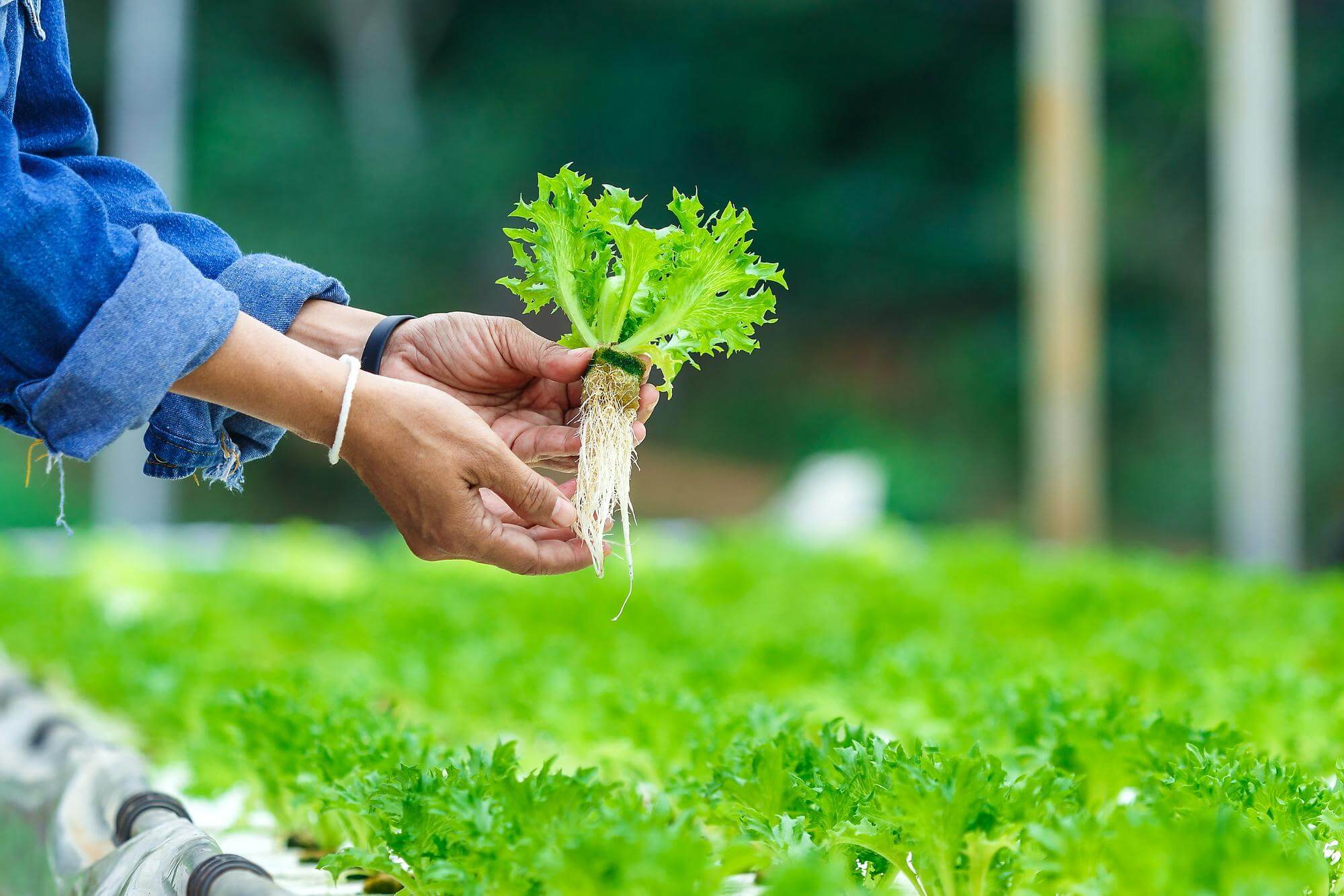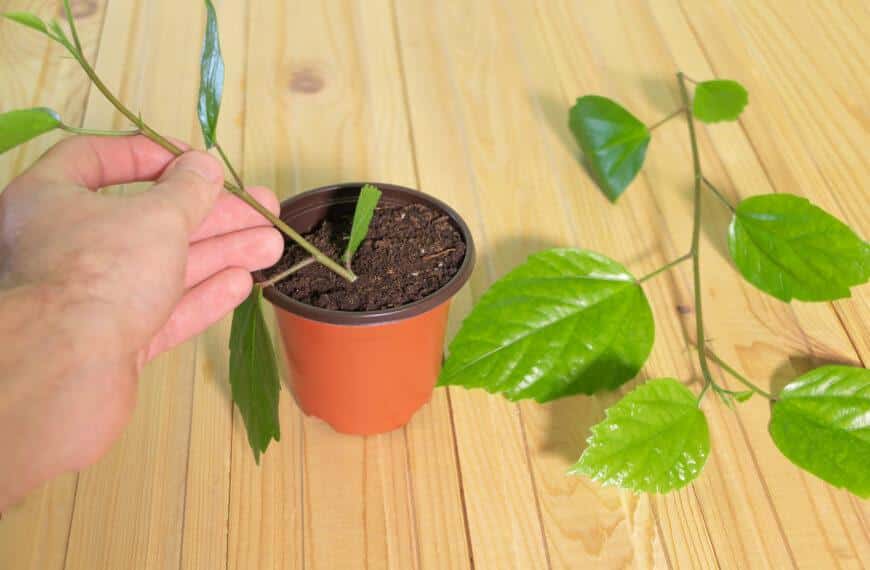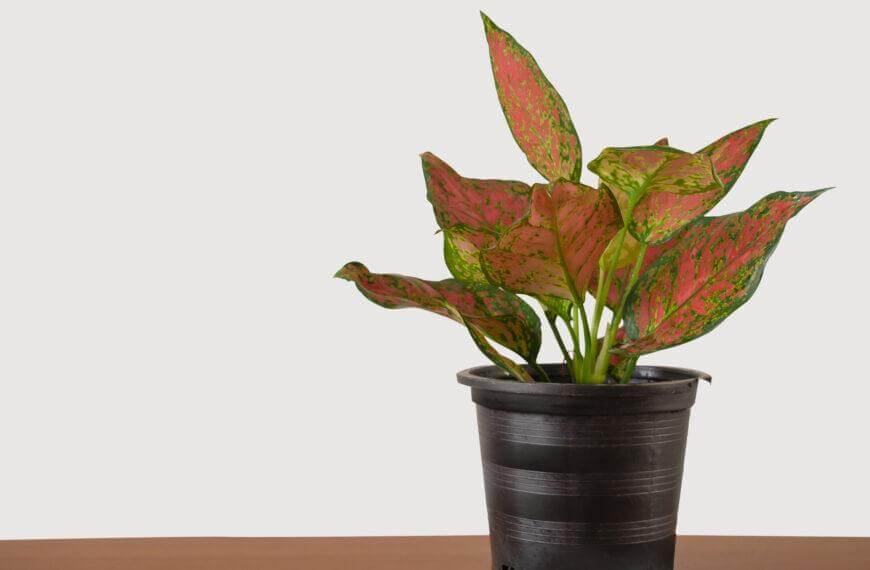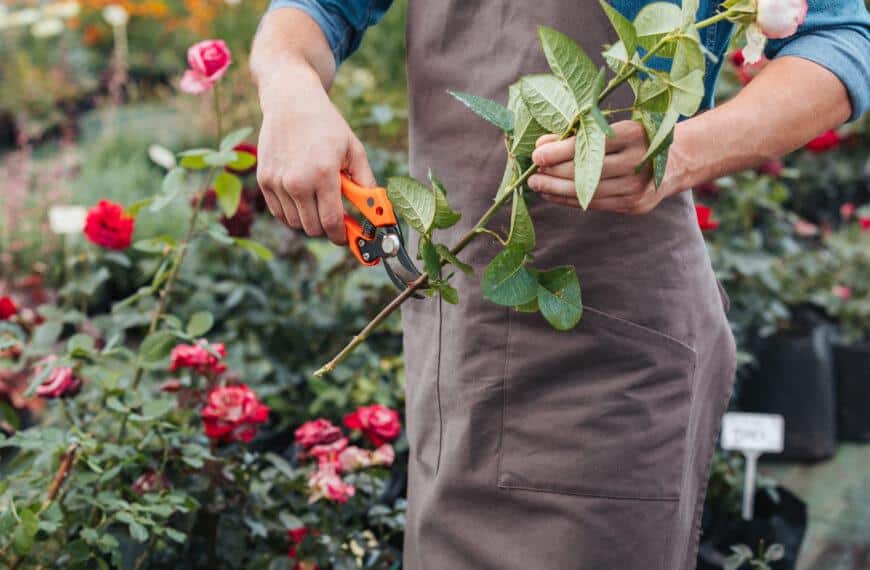Introduction to Hydroponic Indoor Gardening
Indoor gardening with hydroponics is the way to go! Grow your plants in a controlled environment, with enhanced nutrients for optimal yields. Learn how to build a hydroponic system and reap the numerous benefits of “going green”.
You don’t need soil to get your plants growing. Hydroponics lets you control light, temperature, and nutrient levels for maximum yield potential. Plus, it’s a great way to enjoy fresh vegetables and herbs year-round!
Hydroponics also helps you save money – you can reuse the growing medium repeatedly and customize the nutrient mix for your plants. Plus, no more weeds or soil-borne diseases or pesky insects to damage your plants.
For beginners, try the Kratky Method – a straightforward hydroponic system. For more complex systems, like Wick and Drip, you’ll need pumps and air pumps, and will require more attention. To keep pests away, maintain a sterile environment and monitor water parameters, making sure to use pure water.
In short, hydroponic indoor gardening is the way to go! With minimal space, you’ll have access to fresh produce all year round. Grow like a pro and give your green thumb a work-out!
Benefits of Hydroponic Indoor Gardening
To reap the full benefits of hydroponic indoor gardening, incorporating efficient use of space, reduction of water usage, higher yield in shorter time, and control of nutrient solution is the way forward. These benefits of indoor gardening will enable you to produce more yields without waiting for seasons and in an eco-friendly way.
Efficient use of Space
Hydroponic indoor gardening is a great way to make the most of limited space! You don’t need soil or big planters, just vertical spaces and careful plant spacing.
Maximize the yield per square foot of growing area by using hydroponics. Transform an unused or small nook into a flourishing greenery with hydroponic indoor gardens. Plants can thrive indoors without outdoor space limitations or bad weather. Plus, they require less space and produce more than traditional soil-based gardens!
Hydroponics also has sustainability benefits. It’s often used on farms to expand crop yields while conserving up to 90% of water usage. Plus, no more pest infestations or chemical pesticides.
The Babylonians used hydroponics in their Hanging Gardens to produce food in tight spaces. Nowadays, we continue improving upon their methods with modern technology.
Say goodbye to high water bills and hello to guilt-free plant parenting with hydroponic indoor gardening!
Reduction of Water Usage
Hydroponic indoor gardening is a great option for those looking to conserve water. This method uses efficient water management techniques, distributing water throughout the plants, without excess runoff. You can control how much moisture your plants receive, and there is less evaporation of water which enables better conservation.
Soil-based gardening requires frequent watering, whereas hydroponics involve nutrient-rich solutions, keeping plants hydrated without overusing water. Plus, soil isn’t needed, meaning no aerating the ground for proper moisture levels, leading to consistent water usage reduction.
This method has several advantages; faster growing times, reduced pest control needs, and most notably, water usage reduction. One gardener discovered this technique and its ability to sustain healthy plant growth in dry climates. She was able to grow better-tasting produce with minimal water, reducing her dependency on it. Hydroponic indoor gardening is an easy way to get higher yields in shorter time, with veggies so fresh they’re practically still screaming!
Higher Yield in Shorter Time
Maximizing Yield in Minimal Time:
Hydroponic indoor gardening is super efficient! Plants get the nutrients, water and oxygen they need for fast growth. This means increased yield and reduced time.
- More Energy for Growth: No need to search for nutrients in soil.
- Minimal Crop Loss: Plants have increased resistance to pests and diseases.
- Longer Growing Season: Hydroponic gardening offers a controlled environment, so growing season can be extended all year round.
Plus, it’s eco-friendly. Water usage drops by up to 90%, no land use, and no pesticides to pollute resources.
Invest in your future with hydroponic indoor gardening. Higher yields, shorter periods, and less losses! Start enjoying the benefits today! And, control something in life – the nutrient solution in your hydroponic indoor garden.
Control of Nutrient Solution
Controlling the Nutrient Solution is key in Hydroponic Indoor Gardening. It makes sure plants get enough nutrients without soil.
See the table below for info on essential parameters for a healthy nutrient balance in hydroponics:
| Parameter | pH Range | EC | ppm Range |
|---|---|---|---|
| Macro Nutrients | 5.5 – 6.5 | 1.2 – 3.0 | 945 – 1890 |
| Micro Nutrients | 6.0 – 7.5 | 0.4 – 1.2 | 315 – 945 |
| Growing Medium | 5.8 -6.2 | NA | NA |
It’s important to keep the pH level right for nutrient absorption. Wrong levels can cause slow growth or even death.
Controlling the nutrient solution also lets you customize the volume of nutrients for each plant, reducing waste.
Pro Tip: Test water quality and measure nutrient solution regularly for happy and healthy plants. Who needs dirt when you can grow plants in a watered-down relationship? #darkhumor #hydroponics #indoor gardening.
Methods of Hydroponic Indoor Gardening
To learn about different methods of hydroponic indoor gardening, delve into the solutions offered by deep water culture, nutrient film technique, drip irrigation, and ebb and flow. These techniques can help you grow plants without soil, providing an interesting and sustainable way to cultivate greenery in your home.
Deep Water Culture
Introducing ‘Immersion Cultivation’: The innovative hydroponic method. Submerge the roots of plants in nutrient-rich water for optimal growth. Create a table with a reservoir, air stone, and plant holder to illustrate its components. Make sure the water level stays between 5-20 cm deep. Perfect for crops such as lettuce and spinach.
Oxygenation at the root level? Yes please! Systems vary greatly depending on crop type and facility space. Monitor water levels, pH balance and change the nutrient solution every one to two weeks.
Benefits include less soil usage and faster harvest cycles. Enhance your gardening experience while improving the environment by offering yourself fresh produce year-round with deep water culture! Don’t miss out – ditch the soil, and go thin!
| Components | Description |
|---|---|
| Reservoir | A container to hold nutrient-rich water |
| Air stone | Provides oxygenation to the water |
| Plant holder | Where the plants are placed and their roots submerged in water |
Nutrient Film Technique
Hydroponic systems provide an indoor gardening experience where plants grow without soil. The continuous nutrient flow process allows for uniform and constant supply of mineral solution for optimal plant growth.
| Stage | pH Levels | Temperature Control | Nutrient Concentration |
| 1 | 5.5-6.5 | 18-21°C | Low |
| 2 | 5.5-6.5 | 18-21°C | Moderate |
| 3 | 5.5-6.5 | 18-21°C | High |
Regular monitoring and testing of water quality is essential in this setup, alongside pest and disease management. Oxygenation needs to be provided using air pumps in the grow tanks.
It’s important to make sure filters and valves don’t clog or block up, as this can affect yields. LED lights and nutrients from reputable sources will help increase productivity. Drip irrigation is the key to a successful indoor garden.
Drip Irrigation
Say hello to Growth Media Application System, otherwise known as ‘Drip Irrigation’. Trays of pre-drilled plants hover above a reservoir of nutrient solution. To get the water to the plants, you’ll need a submersible pump, tubing and drip emitters. An example of what you might need is listed below:
- Plants: Tomatoes
- Substrate: Coco Coir
- Nutrient: Flora Series Gro Micro Bloom (5-0-1)
- Reservoir: 10-gallon dark-colored container
- Pump: Active Aqua Submersible Water Pump (400 GPH)
- Tubing: Vinyl tubing with a .25″ internal diameter
- Drip Emitters: BLUMAT Automatic Watering Sensors
To get the most out of the system, you’ll want to keep an eye on pH levels and replace the nutrients in the reservoir as they deplete. The system’s great for conserving water while giving plants the right amount of nutrients.
One client used it to cultivate lettuce hydroponically in his basement restaurant. This method was a hit, providing high-quality crops quickly with minimal space and resources. Plus, there were fewer pests and diseases than with traditional soil gardening. Welcome to Ebb and Flow – the method that keeps your plants high and dry!
Ebb and Flow
The ebb and flow method of hydroponics involves temporarily draining the nutrient solution from the growing container and then refilling it with fresh, nutrient-rich water. This cycle happens automatically, based on predetermined timings or sensors.
The drainage ensures roots don’t become oversaturated and protects the system from damage. It also makes maintenance and cleaning easier.
To make sure the timing intervals are accurate, containers with proper drainage mechanisms are necessary. This technique has been used in commercial hydroponic setups for years and has been successful in producing great crops like lettuce, herbs and tomatoes.
Forget the backyard – now you can have your own urban jungle indoors! Just remember, no zebras allowed.
Choosing Plants for Hydroponic Indoor Gardening
To choose the right plants for your hydroponic indoor garden, turn to this section of ‘An Introduction to Hydroponic Indoor Gardening: Growing Plants Without Soil’. With a variety of options available, choosing plants can be overwhelming. In order to simplify the process, this section will be divided into four sub-sections: leafy greens, herbs, tomatoes, and peppers.
Leafy Greens
Leafy Vegetables are a great choice for indoor hydroponics. They have a short life cycle and can be harvested all year round – perfect for small spaces. Spinach, lettuce and kale are common options. Nutrient-rich greens like Swiss chard, collards and mustard are flavorful alternatives. Microgreens like arugula, radish and broccoli grow quickly.
Leafy Greens are packed with vitamins and minerals. Plus, you can harvest fresh crops on demand. The hydroponic system used can affect taste and texture. Use nutrient-rich water and the right pH levels. Invest in a good light source to ensure even growth and prevent stretching. Who needs a spice rack when you can have a herb garden in your living room?
Herbs
Herbal Delight!
Herbs are an amazing choice for hydroponic indoor gardening. Here’s four main points to consider:
- Mint, basil, oregano and rosemary grown through hydroponics yield more.
- Grow lights give herbs the flavor and nutrition they need, especially indoors.
- Herbs have short growing cycles, so nutrients need to be replenished often.
- Herb plants are compact, making them ideal for indoor cultivation and automation.
Planting a herb garden with the hydroponic system is a great way to spice up your kitchen. Try different herbs to find the perfect ones for you and your conditions.
A great thing about hydroponic gardening is – studies in the International Journal of Agricultural Biology show hydroponic farming produces crops with higher nutrition using less water than traditional soil-based agriculture.
If life gives you too many tomatoes, hydroponic gardening is the way to go! Make your own salsa empire.
Tomatoes
Tomatoes are perfect for hydroponic indoor gardening! Here are four essential facts:
- LED grow lights and temperatures around 75°F are best for tomato plants.
- Ideal pH level is between 5.5 and 6.5.
- Adding potassium-rich solutions boosts the flavor.
- Pinching off side suckers and providing space boosts yields.
Ensure good air circulation and use coconut coir or perlite. Did you know that in the 16th century, people in Naples, Italy thought tomatoes were poisonous? They looked similar to belladonna, a toxic plant. Thankfully, they eventually embraced pizza – and the tomato!
Hydroponically growing peppers will make your tongue tingle!
Peppers
It’s time to give your green thumb a high-tech upgrade with hydroponics–no soil needed! To cultivate Capsicum plants indoors, consider the following:
- Growing peppers from seeds or seedlings is up to you.
- Select a variety that fits your space and lighting.
- Keep the pH of water and nutrients in check.
- Ventilation and airflow are key to avoiding fungus.
Monitor the plant growth regularly. Notice any changes in color, shape, or texture of the leaves, and adjust the nutrient solution accordingly. The journey may have its ups and downs, but experimentation with different fertilizer ratios can lead to success. Give it a try–hydroponic pepper growing can be a very rewarding experience!
Setting up Hydroponic Indoor Garden
To set up your hydroponic indoor garden efficiently, you need to choose the right system, set up the grow room, select suitable grow lights and a growing medium. The section ‘Setting up Hydroponic Indoor Garden’ with sub-sections ‘Choosing the System, Setting up Grow Room, Choosing Grow Lights, Choosing Growing Medium’ will offer you insight into each of these aspects, ensuring success in your indoor gardening venture.
Choosing the System
When deciding on the right hydroponic set-up for your indoor garden, consider factors like space, experience and budget.
Different plants need different environments, so be sure to choose one suited to what you want to grow. A study by the Institute of Food and Agricultural Sciences showed that hydroponic systems use 90% less water than soil farming. So, if you’re ready to feel like a mad scientist, get started building your own grow room and cultivate some awesome plants!
Setting up Grow Room
Are you wanting to grow hydroponic gardens indoors? It’s essential to create the ideal environment. Set up a Grow Room with this 4-Step Guide:
- Choose the ideal Space: It should be clean, roomy and easy to get to.
- Install a Ventilation System: This helps maintain the ideal temperature and humidity for plant growth.
- Set up Hydroponics System: Include a water pump and a reservoir.
- Choose the Lighting System: LED grow lights provide enough light intensity for plants, imitate sunlight, and save energy.
Plus, make sure you have proper electricity, reflective wall material, a dehumidifier (if needed) and nutrient solution. According to NASA, hydroponic farming uses much less water than regular farming and produces more food per area. Grow lights are necessary for plants to do well indoors.
Choosing Grow Lights
To light up your indoor garden, you must pick the best lighting system. This depends on what kind of plants you have, their growth stage, and the space you have.
This table shows four types of grow lights and their pros/cons, light spectrum output, and main usage:
| Type of Light | Pros | Cons | Light Spectrum Output | Main Usage |
|---|---|---|---|---|
| Incandescent | Inexpensive; Many options on the market | Inefficient | Red/Yellow | Supplement Lighting in addition to Natural Light/ Low-intensity |
| Fluorescent | Inexpensive; Low heat | Limited light penetration | Cool White/Bright Daylight/Soft white/Warm Yellow/Daylight | Vegetables & Herbs; Seeds & Clones |
| HPS | High Output; Longevity | Emit high heat | Yellow (575-600 nm) / Deep Orange-Red (2000k) | Tomato plants; Flowering |
| LED | Energy Efficient; Customizable Spectrum | Expensive | Red (660nm); Blue (420nm); Single band or Fullspectrum | Commercial Growers; Home Gardeners |
Choose a coverage area that fits your space and bulb strength according to the plant’s size. Also, keep enough vertical clearance between plants and fixtures for air flow.
Experts say blue light waves help photosynthesis and veg growth, while red tones are ideal for flowering. Matching the right light spectrum with the plant’s development stages is very important.
LED lighting cuts down crop cycles and increases yields compared to HPS or Metal Halide lighting. It also helps to keep plants from burning and saves energy by reducing HVAC needs.
The University of Florida’s Institute of Food and Agricultural Sciences recently reported that LED grow lights save power and benefit indoor gardens.
If you want a successful indoor garden, pick the right growing medium, just like finding the perfect dating app for your love life!
Choosing Growing Medium
Growing Media for Hydroponic Indoor Gardens? Let’s Consider!
It’s important to choose the right growing media for setting up an indoor hydroponic garden. This allows the roots of plants to absorb essential nutrients, thus promoting faster and healthier growth.
Here are 3 key points to consider when selecting a growing medium:
- Water holding capacity and drainage – Opt for a medium that offers good airflow, holds water well, yet drains excess water to avoid root rot.
- The type of plant – Root crops need denser mediums such as clay pebbles or rockwool cubes, while leafy vegetables do better in lighter substrates like coco coir or peat moss.
- Sterility – Sterilized media are important to prevent diseases from spreading among plants.
Another factor worth considering is the PH level of the substrate. It’s recommended to select a medium that matches the PH level of your nutrient solution, as this affects nutrient uptake by plants.
My friend grew his garden using coconut coir, but noticed a slower growth rate compared to other hydroponic systems. He found out that low calcium levels in his substrate were the cause. Adding Ca/ Mg to his nutrient mix solved the problem and improved his plants’ growth speed and health.
Maintaining an indoor hydroponic garden is like having a high-maintenance pet – except this one won’t chew your shoes!
Maintenance of Hydroponic Indoor Garden
To maintain a healthy hydroponic indoor garden with maximum yield, you need to monitor various aspects such as nutrient solution, pH level, and pest management. By keeping these factors in check, you can ensure that your garden remains healthy and productive. Furthermore, proper harvesting and replanting techniques are also essential for the longevity of your plants. In this section, we will explore the importance of monitoring nutrient solution, pH levels, pest management, and harvesting and replanting in hydroponic indoor gardening.
Monitoring Nutrient Solution
Maintaining a proper nutrient balance is key for your hydroponic indoor garden’s success. Keep an eye on the nutrient solution’s parameters – pH Level, Electric Conductivity (EC) and Total Dissolved Solids (TDS).
The respective ideal ranges are:
- – pH Level: 5.8-6.2
- – EC: 1.5-2.0 mS/cm
- – TDS: 900-1300 ppm.
Monitor the levels with a pH tester, EC meter or TDS meter. Adjust the nutrient mix accordingly.
The ancient Hanging Gardens of Babylon stand as a testament to humans’ ingenuity in creating lush growth in arid conditions through hydroponics. Therefore, keeping pH levels in check is essential for your own hydroponic garden’s success.
pH Monitoring
Maintaining the acidity of your hydroponic indoor garden is key for optimal plant growth and yield. Monitoring pH levels is essential. Measure and adjust the solution’s pH regularly, so that plants can absorb nutrients properly.
A table with columns is useful to keep track of pH levels. Dates of testing, exact readings, adjustments made, final pH level, notes and comments – these can all be listed in the table.
Remember, changes in temperature or evaporation rates can affect the nutrient solution’s pH. Monitoring can spot any fluctuations quickly, thus avoiding bad effects on the plants.
Keeping pH levels ideal for the indoor garden will give you increased yields and healthy crops. Poor monitoring may lead to weak growth or subpar produce.
Monitor pH of your hydroponic garden regularly to have beautiful crops all year round! And don’t forget to keep pests away – that’s a challenge that never ends!
Pest Management
For successful hydroponic gardening, a healthy environment is key. To do this, sanitation practices must be followed, nutrient management should be sufficient, and infected plants should be removed quickly. Monitoring for pests is also important. Outdoor plants and soil should be avoided; this is to prevent pests from entering. Additionally, hands should be washed before entering the garden and clean clothes should be worn.
Organic methods should be used instead of synthetic chemicals. Companion planting and introducing natural predators are two examples. Neem oil or garlic spray can be used to spray pesticide-free solutions. Prevention is better than cure when it comes to pests.
Stay alert for signs of infestation. Spider mites, aphids, and thrips are common pests in hydroponic gardens – these need urgent attention if seen. Lastly, remember to wash hands after handling plants for replanting or harvesting.
Harvesting and Replanting
For your hydroponic indoor garden to stay healthy, regular harvesting and replanting is a must. Here’s how:
- Check the size, color and texture of the plants to see if they are ripe.
- Cut or pluck the produce with clean tools.
- Throw away wilted or dead leaves from the last harvest.
- Refresh any nutrients that are gone and keep the pH level in the water reservoir in check.
- Plant new seedlings in place of harvested plants to keep growing.
Be aware that each type of crop will have different ripening times and needs, so keep an eye on each plant’s condition. Pruning, cleaning and transplanting often will help your garden stay productive all year round.
Maintain a steady harvesting schedule to keep your hydroponic garden thriving. You don’t want to miss out on the delicious homegrown fruits and veggies! No soil, no mess, and no weeds – it’s like gardening with cheat codes.
Conclusion: Why Hydroponic Indoor Gardening is an Ideal Choice
Hydroponic indoor gardening is an eye-catching option for those who don’t want to use soil. It has many advantages. Up to 90% less water is used compared to traditional farming. Nutrient-rich solutions make a controlled environment that helps plants grow better.
The chances of pests and diseases are reduced, leading to healthier crops. Plus, the gardener has control over temperature, humidity, pH levels, and lighting.
Customizing the garden’s size is easy. It’s ideal for urbanites without space or people living in regions with extreme weather.
Frequently Asked Questions
What is hydroponic indoor gardening?
Hydroponic indoor gardening is a method of growing plants in a soil-free environment. Instead, plants are grown in water-based solutions that are rich in nutrients.
What are the benefits of hydroponic indoor gardening?
Hydroponic indoor gardening can increase plant productivity, conserve water and space, and reduce the need for pesticides and herbicides. It can also be a fun and rewarding hobby.
What do I need to get started with hydroponic indoor gardening?
You will need a hydroponic system, which can be purchased online or at a gardening store. You will also need a nutrient solution, growing medium, and appropriate lighting.
What kind of plants can I grow using hydroponic indoor gardening?
You can grow almost any type of plant using hydroponic indoor gardening, including vegetables, herbs, and flowers.
Do I need any special skills or knowledge to start hydroponic indoor gardening?
No, starting hydroponic indoor gardening does not require any special skills or knowledge. However, it does require careful monitoring and maintenance to ensure optimal plant growth.
How much time and effort does hydroponic indoor gardening require?
Hydroponic indoor gardening requires daily monitoring and maintenance, including checking nutrient levels, pH levels, and lighting. It also requires periodic cleaning and maintenance of the hydroponic system. The time and effort required will depend on the size of your system and the number of plants you are growing.




